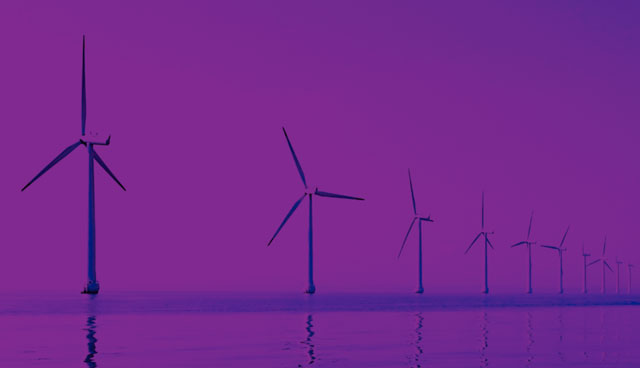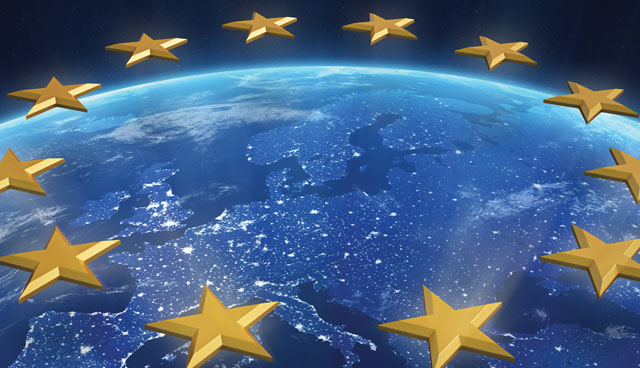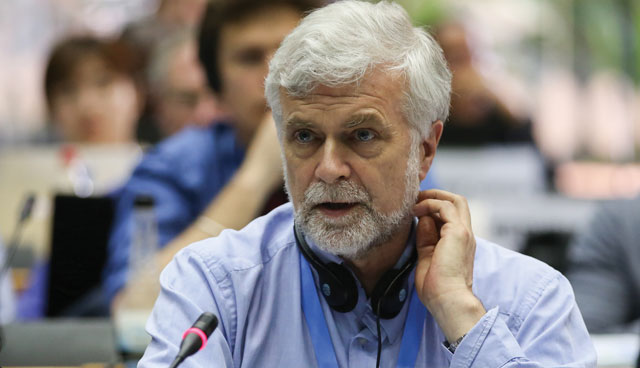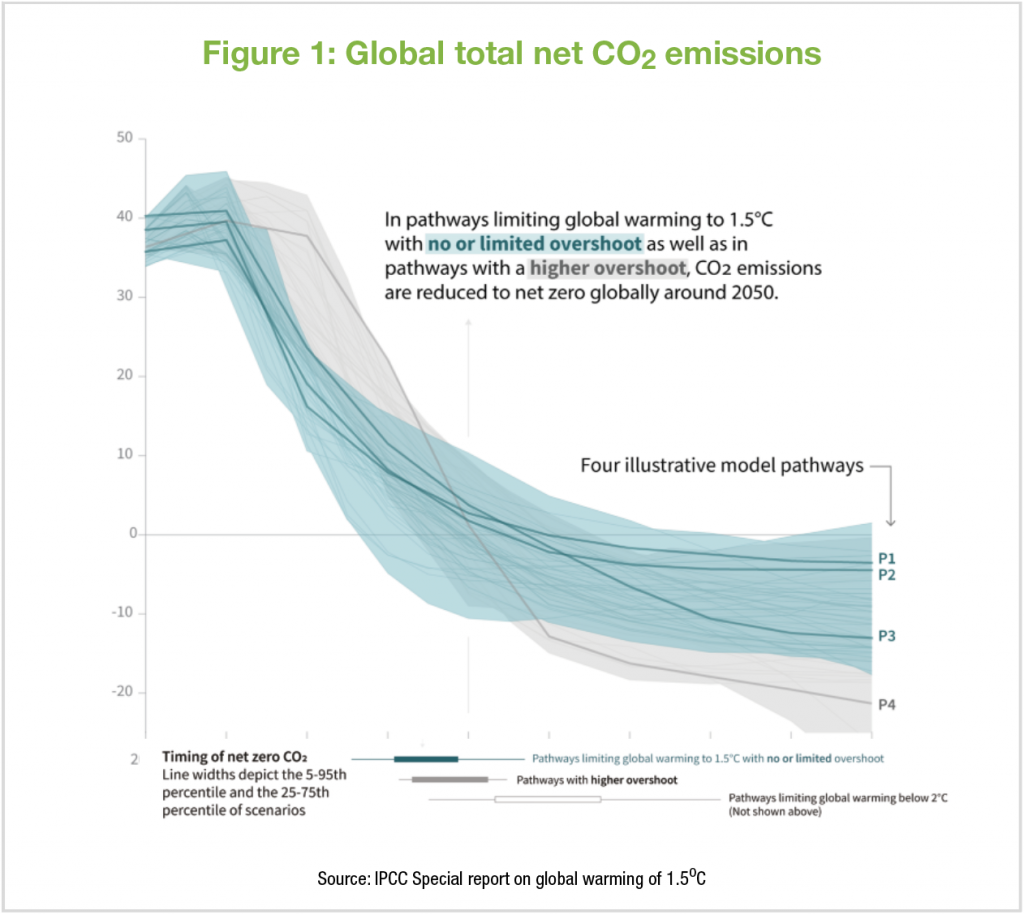
Minister Eamon Ryan TD: Unlocking Ireland’s offshore wind potential
2 January 2021
Energy priorities of the European Commission
5 January 2021The IPCC Special Report on Global Warming of 1.5°C

Co-Chair of the IPCC working group III, Jim Skea, discusses the report on limiting global warming to 1.5oC and the pathways required.
The 2015 Paris Agreement invited the Intergovernmental Panel on Climate Change (IPCC) to provide a special report in 2018 on the impacts of global warming of 1.5oC above pre-industrial levels and the related global greenhouse gas emissions pathways.
Skea suggests a simplification of the reports purpose to that of addressing two key questions: What were the impacts of global warming of 1.5oC? And what were the related greenhouse emission pathways?
The IPCC looked at how the level of global warming impacted and/or the risks associated with the reasons for concern and selected natural, managed and human systems.
Skea explains that the major finding was that a difference of 1.5oC to 2oC was significant. Highlighting an example, Skea points to that of tropical corals, where current levels of warming have already seen huge risks. “Even at 1.5oC we could lose most of these corals, but at 2oC they will be virtually all gone,” he states.

Another example is that of the arctic region: “If we were to warm by 1.5oC we would have an ice free arctic about once every century. If we warm by 2oC it will be once every decade. Areas of particular sensitivity in these scenarios are coastal flooding and low latitude fisheries but further knock-ons would occur in crop yields, for example.
Skea’s working group III paid particular attention to the emission pathways question and the transitions consistent with 1.5oC warming.
The IPCC does not have a research function and so its reports are based on existing research. Skea explains that within the existing research the IPCC found a range of scenarios that were consistent with global warming of 1.5oC, all of which fell within the trend line of global emissions of carbon dioxide shown in Figure 1.
Skea points to two strong messages coming from the research of:
• CO2 emissions need to fall by ~ 45 per cent by 2030 on the path to limiting global warming by 1.5oC;
• CO2 emissions need to fall to “net zero” by mid-century to limit global warming to 1.5oC
The IPCC report outlined that emissions from other climate forcers, outside of carbon dioxide, also need to fall, but not to zero.
“Emissions of non-CO2 forcers are also reduced or limited in pathways limiting global warming to 1.5oC with no or limited overshoot, but they do not reach zero globally,” says Skea, highlighting substantial fall in methane emissions and black carbon emissions, as well as a lowering of nitrous oxide emissions, although not to the same extent.
The Co-Chair explains that a key point made by the IPCC within the report was that more than one way to limit global warming to 1.5oC. The report identified four illustrative pathways for carbon dioxide emissions, showing the kind of choices that might be faced if limiting warming to that level.
Skea highlights an awareness from many countries that efforts to limit warming should happen in the context of sustainable development and efforts to eradicate poverty.
Emphasising the absence of a quick fix, Skea points to the reports findings that limiting global warming to 1.5oC “would require rapid, far-reaching and unprecedented changes in all systems”.
“There is almost nothing which can be left off the table of you want to limit global warming to 1.5oC. An incremental approach won’t do. It needs to be a big effort,” he says.
Unprecedented change, identified in the report include:
• a range of technologies and behavioural changes;
• scale up in annual investment in low carbon energy and energy efficiency by factor of five by 2050;
• renewables supply 70-85 per cent of electricity in 2050;
• coal declines steeply, ~zero in electricity by 2050;
• oil and especially gas persist longer – gas use rises by 2050 in some pathways;
• deep emissions cuts in transport and buildings;
• changes in land use and urban planning.
Carbon dioxide removal
Another important element identified in all pathways that limit global warming to 1.5°C with limited or no overshoot is that they involve the re-use of removal of carbon dioxide (CDR) from the atmosphere. CDR can be used to compensate for residual emissions in difficult sectors such as aviation, heavy industry and freight transport, but also to achieve ‘net negative emissions’.
Skea explains that the report confirms the general understanding that the larger and longer the overshoot, the greater the reliance on CDR will be later in the century. He also highlights that bioenergy with carbon capture and storage feature in most scenarios and are only avoided in a few. This he explains would have implications for land, food and water security, ecoystems and biodiversity.
“There is almost nothing which can be left off the table of you want to limit global warming to 1.5oC. An incremental approach won’t do. It needs to be a big effort.”
Sustainable development
The IPCC took a number of mitigation options, alongside 17 sustainable development goals and look at measures that applied to either energy supply, energy demand or land use and how the exercise of these options would impact on other sustainable development goals.
“The clear message was that it was the energy demand measures which had the most positive outcome,” states Skea. “There are most synergies with the sustainable development goals. It is a bit more of a mixed picture on the land side but some of the biggest difficulties actually come on the energy supply side, with some of the technologies that would be exercised.
“There is a clear message that the demand side really matters if we’re going to reconcile climate mitigation with sustainable development more broadly.”
